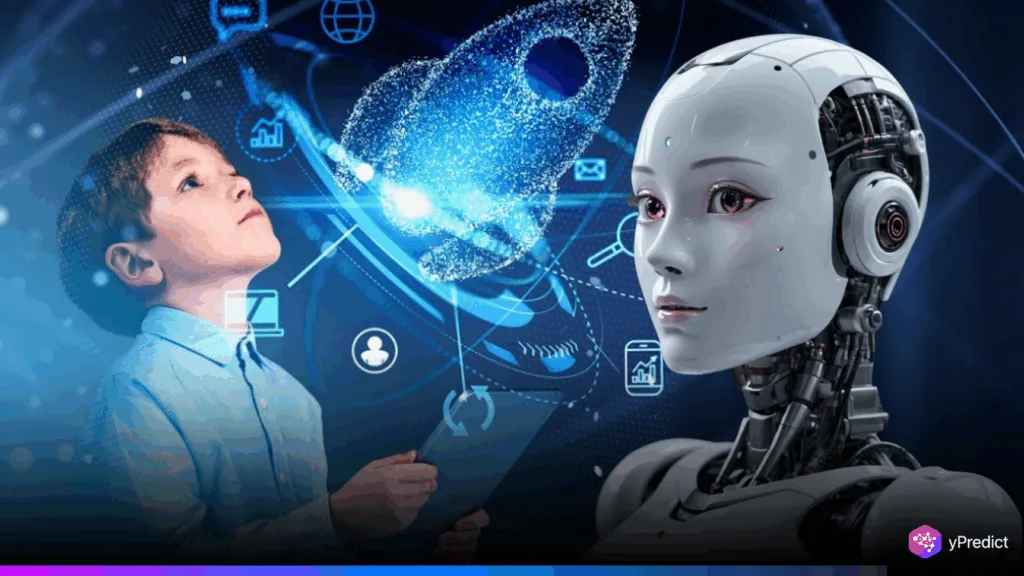
Artificial Intelligence (AI) is not the stuff of futuristic wonder — it is already changing the way we live, learn, and work. From generators like ChatGPT and DeepSeek, generative AI tools in education offer transformative opportunities from automating assessments to fulfilling personalized learning opportunities, etc. However, with the risks of development, cognitive risk and ethical regarding have escalated, the need for AI literacy has grew previously unprecedented levels.
AI’s Expanding Role in Educational Environments
The integration of artificial intelligence in education is changing the roles of teachers and students alike. Generative AI tools can now produce lesson plans, translate content, and generate various formats of learning material — all at incredible speeds. Teachers can use these tools to create personalized content, automate assignment evaluations, and enrich their teaching approach, allowing more time to focus on student development.
In classrooms, AI tools streamline grading systems and provide rapid feedback on assignments. For instance, AI can analyze open-ended responses and offer suggestions for improvement, helping students refine their understanding. Moreover, by automating routine tasks, AI allows educators to spend more time guiding student growth individually.
Addressing Inequality Through Personalization
One potential application of generative AI in classrooms is to help narrow achievement gaps. With personalized learning plans based on each student’s needs, AI can help struggling learners and even challenge and push forward advanced learners. Theoretically, this may help minimize the achievement gap that many school systems struggle to address.
This personalization is especially pronounced in the area of foreign language learning and within creative topics. The use of AI tools is now allowing students to correct for language-related mistakes, expand their vocabulary, and has also recently been implemented to support the teaching of music and visual arts. Teachers are noticing that AI tools provide not only wider access to more equitable education, but new ways for students to engage with learning.
Risks, Ethics, and the Importance of AI Literacy
There are many potential benefits regarding the introduction of artificial intelligence in education. However, there are some serious risks to watch as well. The most serious risks posed by artificial intelligence in education are ethical concerns and overreliance on AI. One problematic issue is the hallucinations that may occur when artificial intelligence provides “information” that sounds accurate but is completely made-up. Students may accept this fabricated information as truth, resulting in greater misinformation and confusion for students.
Additionally, there is increasing anxiety around the idea of artificial intelligence replacing human contributions. There is evidence to suggest that overreliance on artificial intelligence may produce lazy learners, hinder student decision-making skills, and contribute to the acceptance of unethical behaviours (e.g., using artificial intelligence to complete an assignment). When students do not actively engage in the learning activities themselves, they may also lose developmental milestones.
A Call for Ethics-Based AI Education
While there are many potential benefits to the implementation of artificial intelligence in education, there are also serious risks associated with it. The largest risks that artificial intelligence poses in education include ethical dilemmas and overreliance on AI. One critical issue is the hallucination problem, which occurs when artificial intelligence produces information that seems plausible, but is completely fabricated. Students may take this information at face value, resulting in more misinformation and confusion for students.






